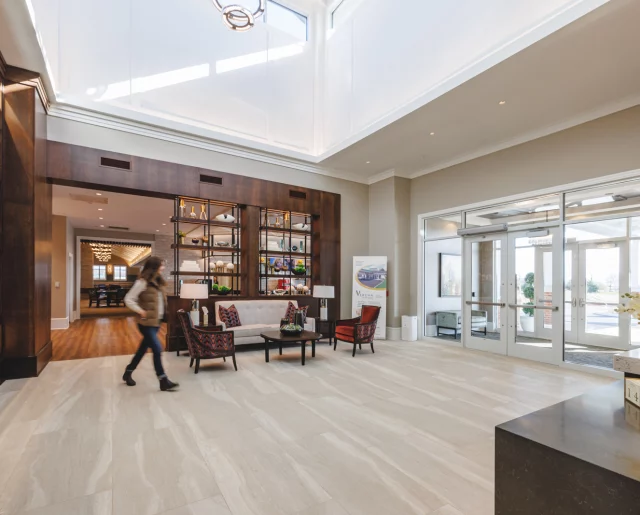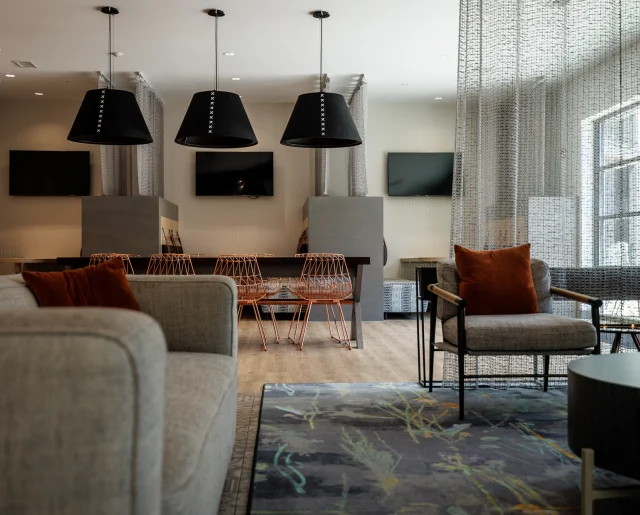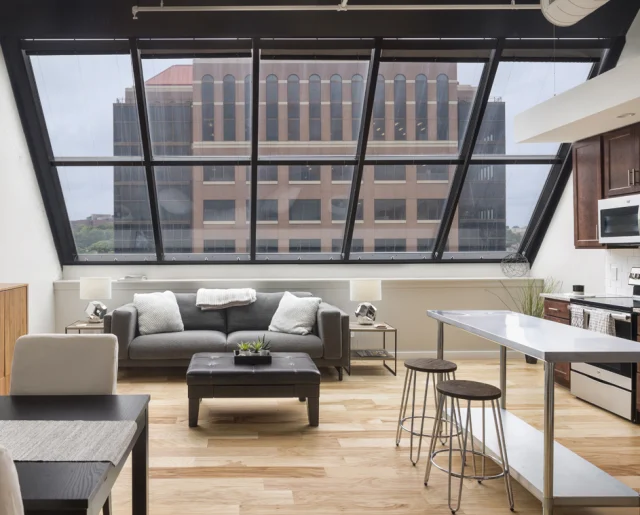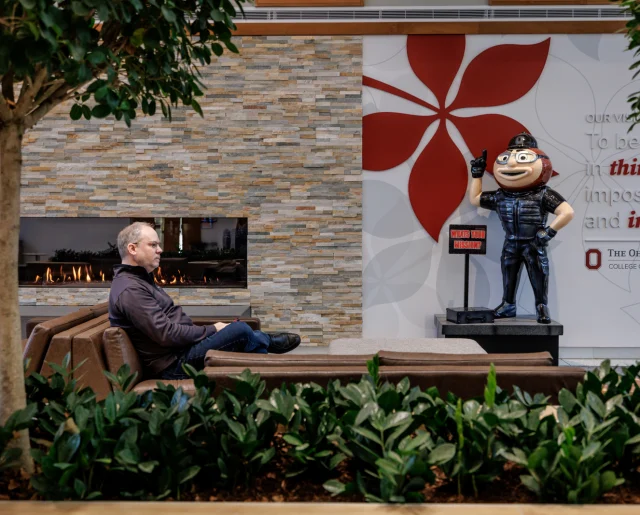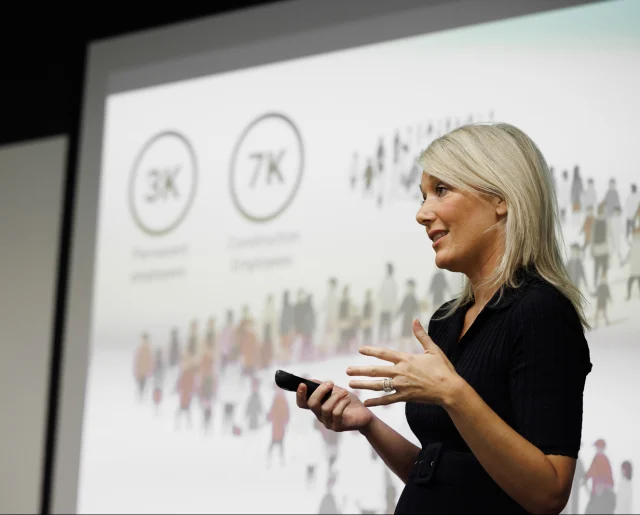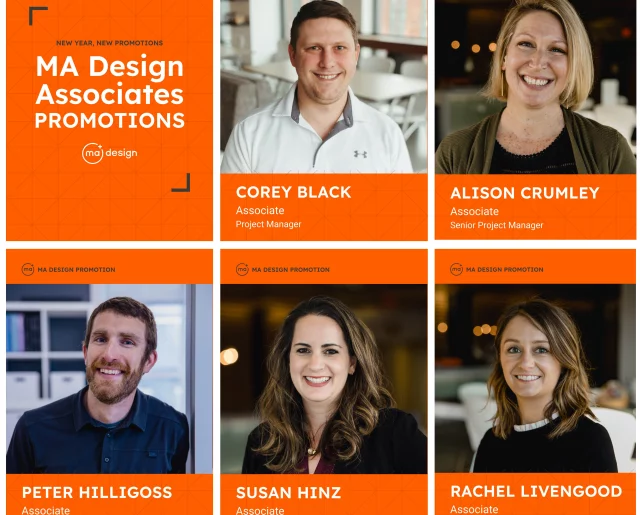Why Furniture is Key to Create an Inclusive and Equitable Workplace
Inclusivity.
Equity.
Diversity.
A fair workplace.
Did you know your furniture has a massive influence on the perception of your company in all of those categories?
For the last 18 years as an Interior Designer, specializing in furniture, I’ve seen a shift in products manufactured to support inclusivity and equity through office furniture by supporting all types of body sizes.
One of my proudest projects was working with White Castle on their new Home Office, where we were able to focus on furniture as a means to increase the feeling of an inclusive and equitable workplace, accomplished through choice, selection, and my two decades of experience in this specialty area of design.
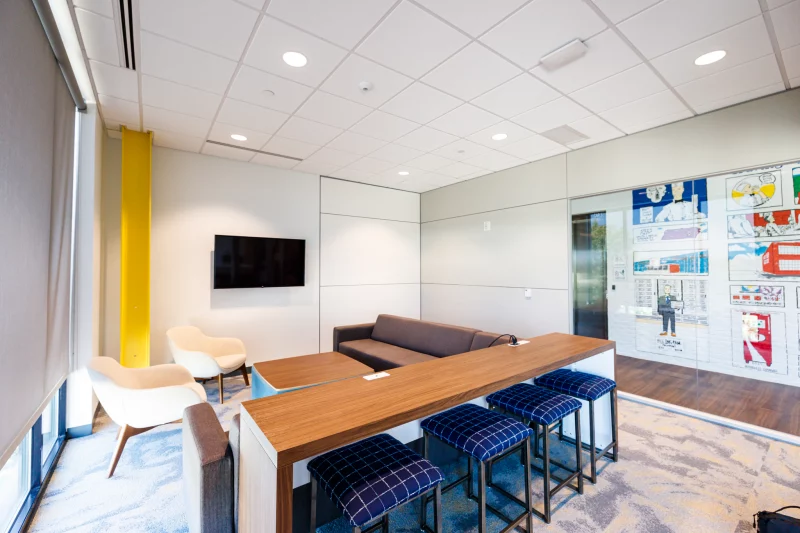
In the United States, more than two-thirds of adults are overweight or obese, yet standard furniture is built for a “normal” BMI (Body Mass Index). This discrepancy has been noticed, and elite manufacturers are making it common practice to offer the same chair in a regular and bariatric size – unbeknownst to the untrained eye, with the exact same shape, textile, and form – but featuring arms pushed out further, a deeper seat pan and an extra base for support.
A standard chair supports a maximum of 350 pounds and by having bariatric conducive furniture available within a workspace immediately eliminates anxieties for larger staff members and makes them feel considered, and cared for. How this is communicated is key, and with our team at MA Design, we’ve found “Sit Testing” to be a great way to succeed in offering options without making anyone feel like an outlier, where we’ll bring sample chairs and present them in a fun collaborative way to allow people to “experience” them and weigh in with their opinions in advance – think of it as the goldilocks of great furniture selection.
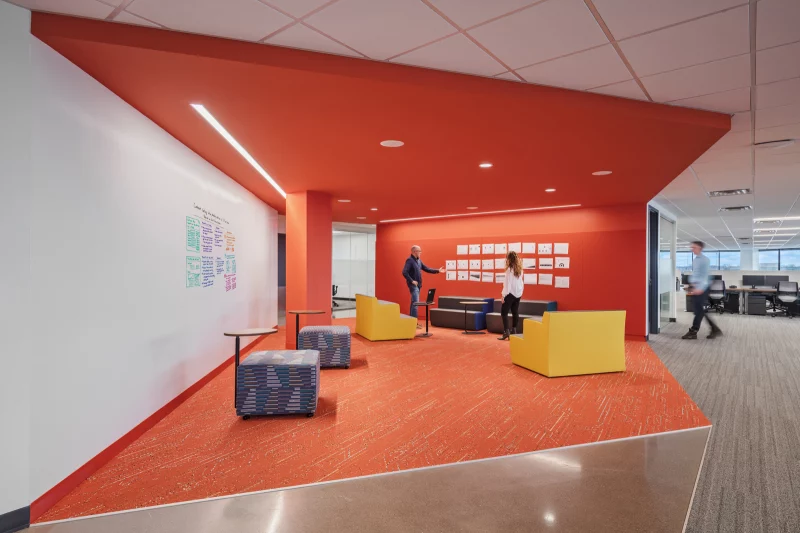
By allowing staff to be integrated into the decision-making process, they’re better educated about the furniture functions and support and allow them to feel provided for in what they need professionally, and personally. With White Castle, we offered employees choice, comfort, and control through “sit testing,” allowing them to select from a range of task chairs, and using that opportunity as a chance to educate on product specifications including weight limit and dimension criteria to allow employees to select in privacy.
Areas that are important to consider different body sizes, and even ages, to drive inclusivity also include conference rooms and cafes, offering chairs that are armless for wider-width individuals. By having half of the chair selections with arms, and half without, employers are able to offer variety within the space without calling attention to it. In cafe spaces, pull tables – like laptop-style tables – are great to allow choice of width and distance, instead of asking people to stuff themselves into a booth. Additionally, variable seating heights are a key consideration for equity – not just for staff considering body size, but for age, as it’s harder for larger, and older, individuals to get in and out of chairs that are lower set.
Specific furniture is even targeted for Senior Living facilities, for this reason, measuring slightly higher in seat height at 19.5 inches, versus a traditional 18. Another option for cafe spaces is bench seating to allow for choice and more flexibility in the width taken up by one individual without constraint.

A key consideration for workplace design is not to densify floor plans, which is why Furniture Specialists, like myself, can help anticipate the amount of space needed to allow for mobility and movement within a space—for all sizes.



